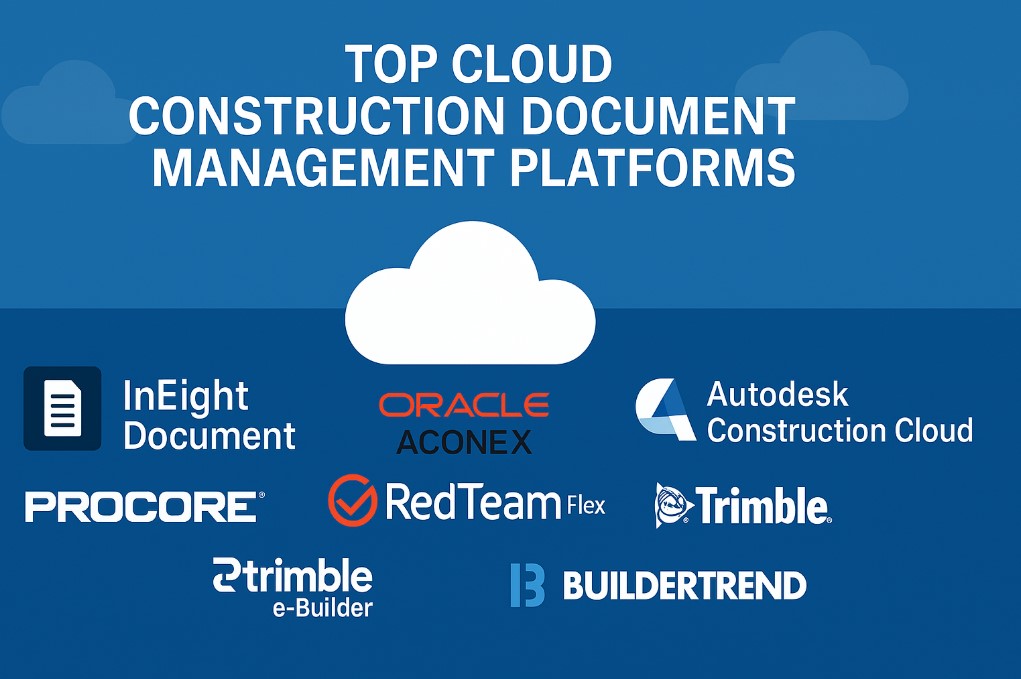From First-Time Founder to E-Com Success: Finding the Best Way to Pay Chinese Suppliers
When first-time e-commerce companies pay Chinese suppliers with personal bank cards, PayPal, or old-fashioned bank wires, they commonly lose 3–5% of their profits because these methods add hidden costs, unfavorable exchange rates, and sluggish transfers. When you grow, the best thing to do is migrate to current fintech platforms that help you pay directly in RMB, save extra fees, build confidence with suppliers, and keep your profits safe. One of the most significant things you can do to make your side business into a long-lasting, scalable brand is to improve your payment tools.
Your e-commerce idea is finally real. You’ve spent late nights sourcing the perfect tech accessories, custom apparel, or drop-shipped goods. The samples have arrived, your website is live, and thanks to the creator economy, with platforms like YouTube and Instagram driving brand ROI, the first wave of orders is coming in.
Starting a business while studying is no longer an anomaly; it’s a major trend, and your side-hustle is thriving. You go to place your first real stock order with your supplier on a platform like Alibaba... and a £5,000 invoice lands in your inbox.
Suddenly, you’re hit with a question university never prepared you for: what’s the actual best way to pay this?
The journey from a dorm-room idea to a fully-fledged e-commerce brand is all about upgrading your toolkit as you scale up. The biggest growth hurdle you’ll face is learning to protect the profit or your future fuel for growth. The good news is, by making one simple financial change, you can instantly boost your margins and build better supplier relationships.
The 'beginner trap': why your first method won't scale
When you start your founder journey, you use the tools you already have. This is a tempting but costly mistake. These tools are easy to use, which is why they’re so tempting, but they’re not built for business. They quietly eat your profit while you’re not looking.
Your personal debit card: the hidden cost of convenience
For that first £50 sample, tapping your personal bank card seemed easy. The transaction went through instantly. But when you move to a £5,000 invoice, this becomes a rookie mistake that costs you twice.
Your bank will hit you with two things:
-
Non-sterling transaction fee: This is often around 3% simply for using your card outside the United Kingdom.
-
Poor exchange rate: On top of the fee, your bank’s exchange rate will be far worse than the official interbank rate. This difference is called the FX margin.
In total, using a consumer platform for B2B invoices can "leak" 3–5% of the total value. On a £5,000 stock order, you’ve just lost £150–£250 of your profit. That’s your entire profit from the first 15–25 sales, gone.
Consumer payment apps: margin killers
Payment management platforms like PayPal are easy for small transfers but become margin killers for real invoices. They charge fees, often around 4.4% plus the FX margin, designed for consumer use, not scaling businesses. On a £5,000 order, you could lose £200–£250 instantly. That’s your entire profit from the first 20 sales, gone. To keep your burn rate low, you simply can't afford to bleed profit like this.
The 'level 2' problem: the old-school bank wire
After learning the hard way, most first-time founders move on to the next option: their high-street bank. This usually means sending a telegraphic transfer , and while it feels more professional, it comes with its own set of problems like cumbersome paperwork and wait time.
-
The flat fee: Your bank will typically charge a high flat fee, often £25–£40 per transaction. This is not scaling and pressurizes your margins.
-
The black box: The payment is a "black box." It can take 3–7 days to arrive, leaving your supplier waiting and your production stalled. Time is money when you’re trying to fulfill your first 100 orders.
The phantom fee that kills trust
The most infuriating issue is the hidden intermediary fee. A high-street bank will use a chain of other banks, called correspondent banks, to move your money internationally.
Here’s the mini-story we all learn: You send £5,000. Your bank takes £25. Five days later, your supplier emails to say they only received £4,950. Why? Because a mystery bank in the middle took a £25 cut. Now your supplier is holding your shipment until you pay the difference. This is a disaster for a new business trying to build trust.
The 'pro-level' insight: what your supplier actually wants
This is the key strategic shift that takes you from a novice buyer to a preferred partner. Your supplier in China doesn't actually want to be paid in GBP or USD. Over 80% of Chinese suppliers prefer to be paid in their local currency, the Renminbi (RMB or CNY), to avoid their own bank fees and FX risk. As per this report of Goldman Sachs, China’s renminbi has gained momentum in international trades as it is increasingly used in cross-border transactions while policymakers push for wider use of the currency.
Why does this matter? Because if you pay them in GBP, they have to go through a slow, costly process to convert it back to their local currency to pay their own staff and material costs. When you become the one client who makes their life easy by paying in RMB, you’re not just 'another customer'. You're a preferred partner. This is how you build the trust that gets you better pricing and priority in production.
The 'e-com success' toolkit: the modern fintech solution
The final level-up on your journey is ditching the old banking systems for platforms built for global e-commerce.
Modern FinTech platforms—not traditional banks—are built for this. They operate transparently, treating you as an equal. These platforms allow a UK-based founder to pay suppliers in China directly in their local currency, often on the same day, from a simple online dashboard.
This is the playbook for paying Chinese suppliers in RMB. You log in, lock in a competitive exchange rate upfront, pay a small, transparent fee, and the exact RMB amount lands in your supplier's account. No intermediary fees, no 5-day delays, no angry emails. This is the toolkit for a real e-commerce brand.
To explore the tools built specifically for global e-commerce transactions, check out our full range of payment solutions.
Conclusion: upgrading your toolkit
Moving from a side-hustle to a successful brand means upgrading your tools at every step. Graduating from consumer payment apps or high-street banks to a proper global payment platform is the most critical upgrade you'll make. It’s how you protect your profit and build a business that’s ready to scale.

Subscribe & get all related Blog notification.





Post your comment